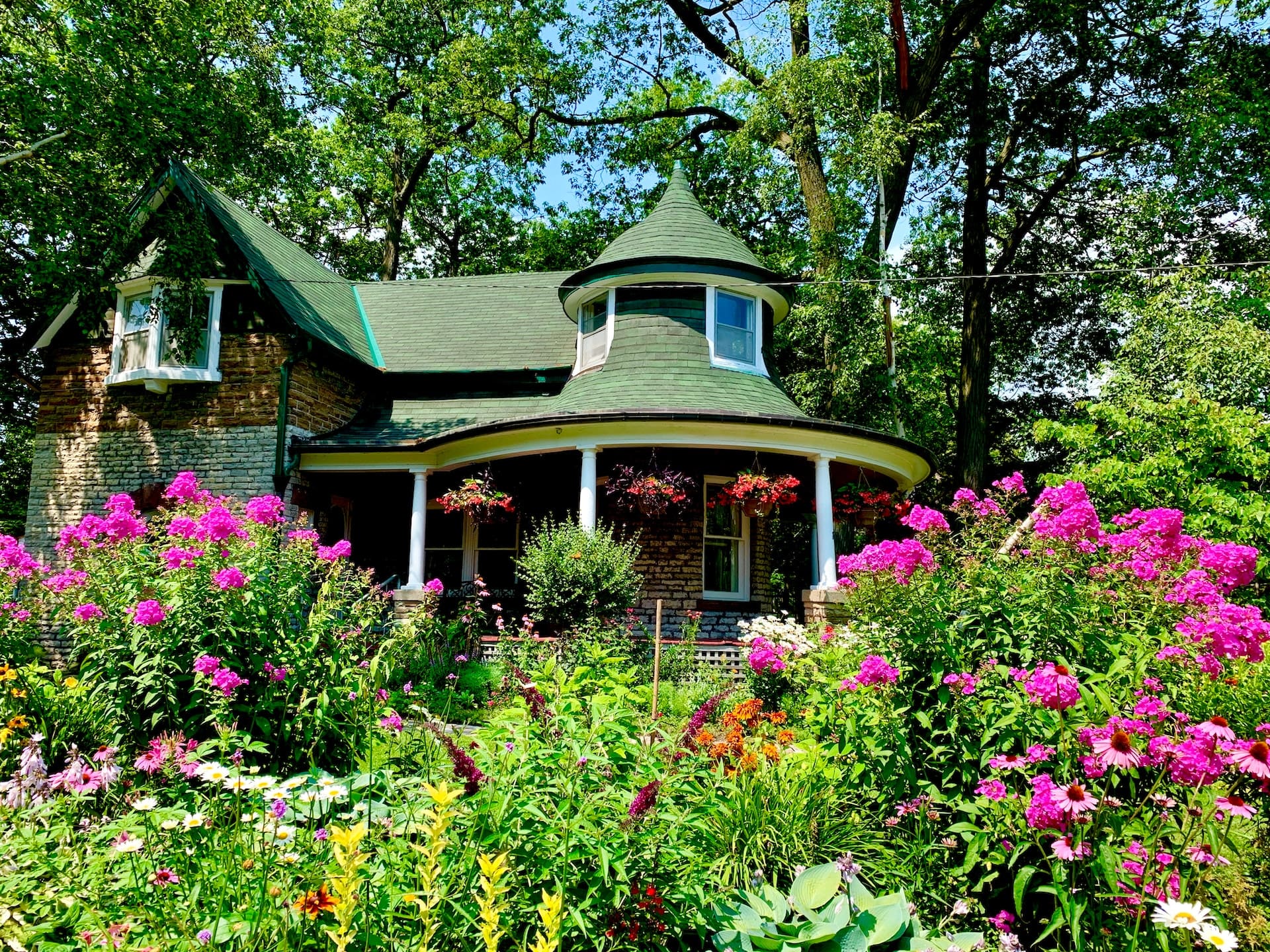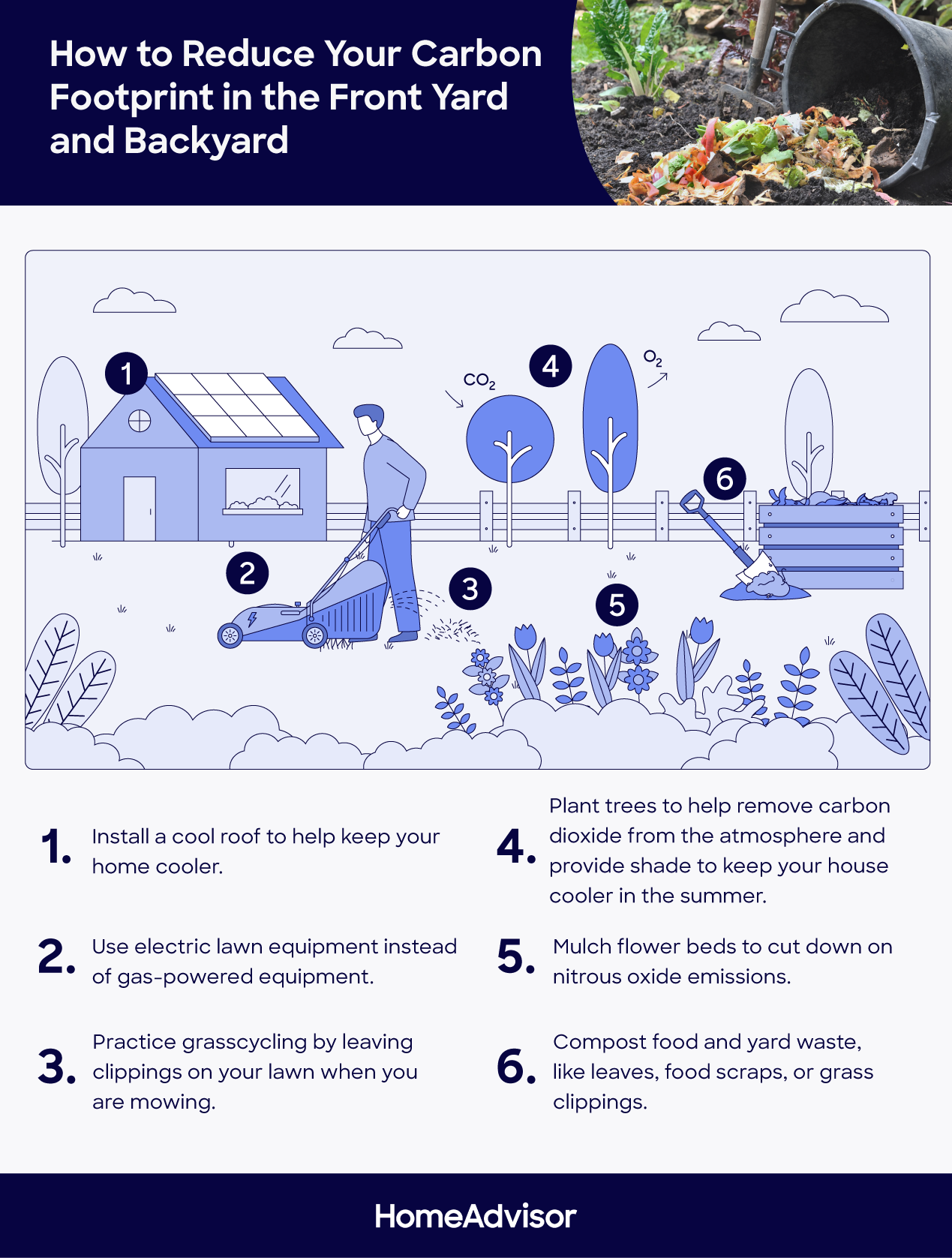
Photo by Ian Kirkland on Unsplash
Whether you’re a hobbyist gardener, a hardcore horticulturalist, or just want to keep your lawn alive, landscaping is inherently about preserving nature. Gardens protect biodiversity, for example, by providing food to bees, and improve air quality. They are also a great source of relaxation that feeds a gardener’s well-being.
Ironically, however, gardening and landscaping can also damage the environment it means to celebrate through over-watering, pesticide usage, and other harmful practices. Reducing your gardening carbon footprint is easy, though, with just a few tweaks to your practices. Here are six simple ways you can make your landscaping more eco-friendly.
Recycle and Reuse
As with any eco-friendly endeavor, the first rule of environmentally friendly landscaping is to avoid waste. Gardening presents myriad ways to recycle, repurpose, and reuse materials — anything from old flower pots to retired bathtubs can feature in your landscaping. Be creative: new seedlings can be grown in old jars; and rubber tires make excellent planters for vegetables (and can be painted for added character).
Focus on Native Plants
Native-plant gardening — also called nature scaping — is a low-maintenance, highly eco-friendly approach to landscaping. Because trees, shrubs, and flowers that are native to your geographical region are by nature adapted and inclined to your area’s climate and soil, they require very little effort and urging to thrive. And with less need for fertilizers, extra watering, and pesticides, it’s the best choice for the environment as well.
Conserve Water
Just as in your home, conserving water in your garden has a huge impact on both your utility bill and the planet. Many gardeners have the tendency to over-water. Being mindful of how much and at what time of day you water your plants and flowers can avoid this waste.
Soil type is one factor. Sandier soils require more water, for example, while clay-based earth needs less. Watering at night also conserves water, as it reduces the effect of evaporation from the sun.
Employ the Power of Mulch
Not a romantic-sounding term, mulch is a collection of scraps of organic matter — think wood chips, leaves, grass, and even newspaper — that can serve as an eco-friendly and highly effective trapper of moisture in your garden. Applying a layer of mulch on top of your soil will keep the moisture in while also adding a layer of insulation to keep the soil temperature from getting too warm.
Embrace “Hardscaping”
Particularly if you have a large garden area to landscape, consider non-living elements to design your space. Stone walls, brick patios, tile pathways, wooden fences — these all enhance your garden without requiring the upkeep and resources of plants and flowers. They also help to define and organize your garden area.
Make Your Own Compost
Simultaneously reducing food waste and providing your plants and flowers with the nutrients they need to flourish, making your own compost is an excellent way to grow an environmentally friendly garden. It is a great way to use your kitchen waste and keep your food scraps out of the landfill, while also supplying your soil with beneficial organisms.

You may also like
5 Ways to Use Tarps to Control Weeds in Your Garden
The Importance of Using Native Plants and Flowers in Your Garden
8 Tips and Tricks for a Green Garden
Create an Eco-Friendly Garden With These Easy Tips
